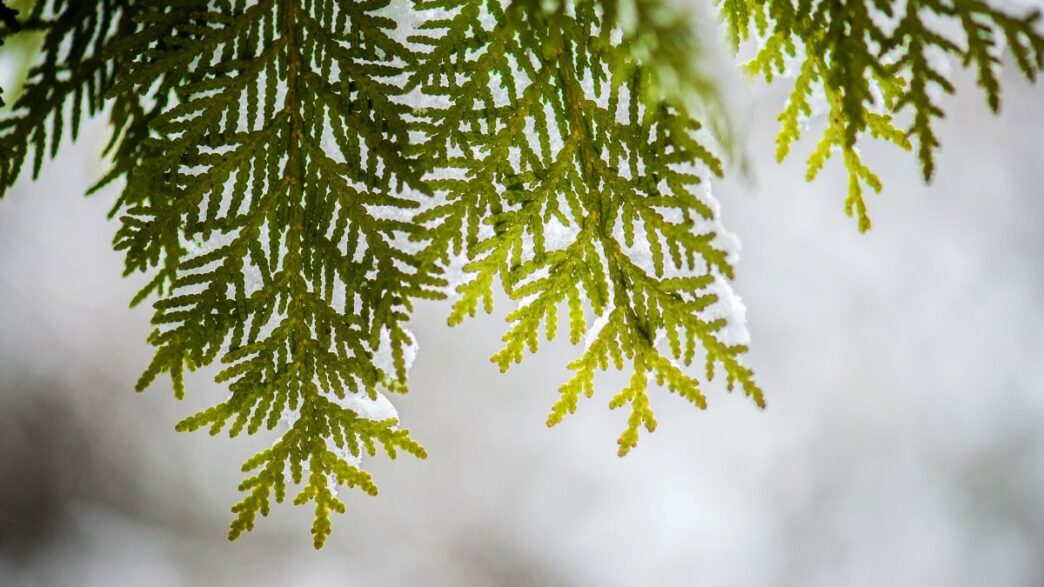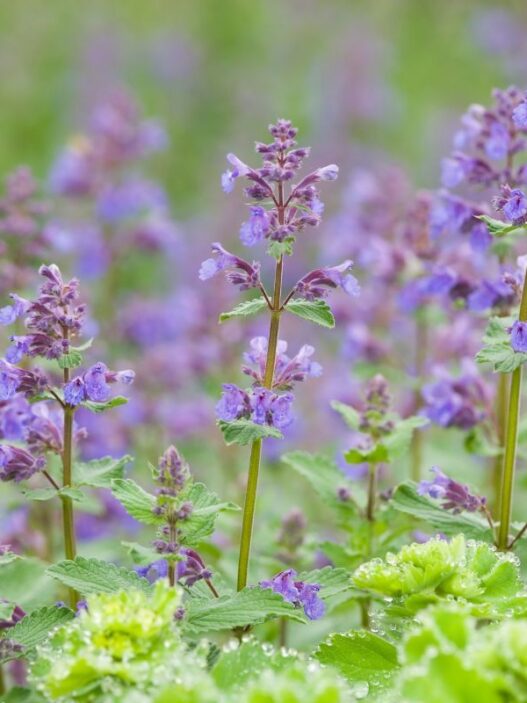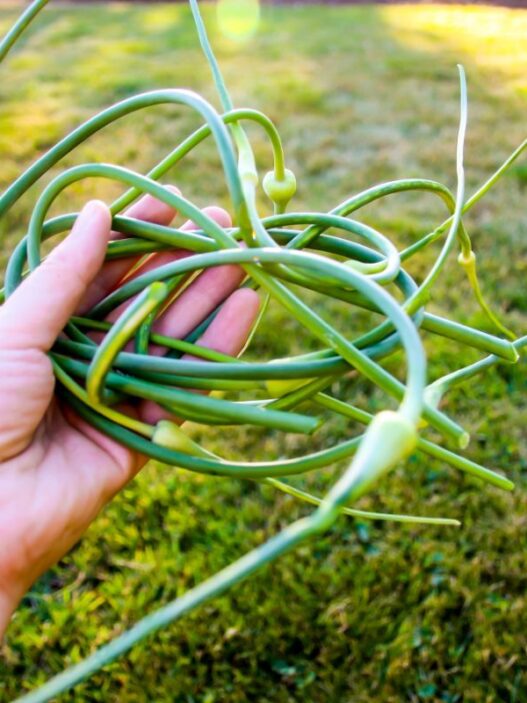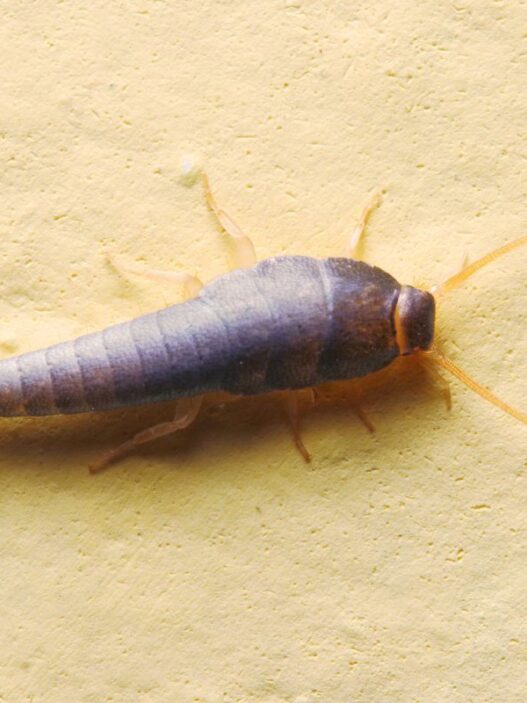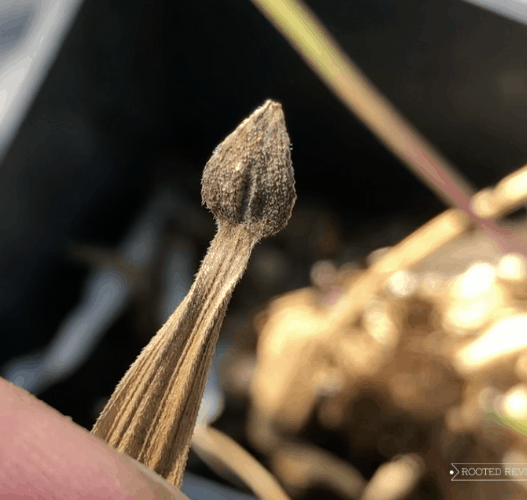Most people use chemically-manufactured insect repellents to solve bug invasion issues. However, you don’t know how safe these repellents are.
It’s better to use plants that act as natural bug repellents. And one of the most prominent members of the bug-repellent plant family is cedar.
I’ve had cedars in my backyard for many moons, and 8 bugs that it repels are:
- Mosquitoes
- Ants
- Roaches
- Flies
- Fleas
- Lice
- Bed Bugs
- Ticks
After reading this article, you’ll be able to enjoy the greenery of your bug-free garden. I’ll take a look at:
- The 8 most important common bugs that cedar repels
- The evidence for this, both scientific and anecdotal
- How long cedar wood provides you with bug protection
- The best ways to use cedar in your backyard

What Bugs Does Cedar Repel?
1. Mosquitoes
Mosquitoes don’t breathe the same way we do. They don’t have lungs per se.
They breathe through their tracheal system: a series of tubes with small openings through which air enters and moves to different parts of their bodies.
It’s a fascinatingly complicated system. It’s also the system that cedar uses to repel mosquitoes.
Cedar oil is poisonous to mosquitoes.
So, naturally, when mosquitoes detect it, they close their breathing holes to protect themselves from being poisoned.
As a result, they suffocate to death.
Additionally, mosquitoes are sensitive to dehydration. As an effective moisture absorbent, coming in contact with cedar oil can dry them out to death.
2. Ants
One study examines the effect of cedar oil on different types of ants. Researchers provided the ants with two bird feeders.
They mixed water and sugar inside the feeders, suspended them in the air, and let the ants climb to get their food.
The catch is that one of the ropes holding the feeders was coated with cedarwood oil (CWO). The results show that most of the ants targeted the untreated feeder.
The cedar oil barrier was enough for them to ignore free food.
Researchers held a similar experiment with fire ants. They presented them with two food sources.
One of the food samples was treated with CWO. The number of ants targeting the treated food source was significantly less.
They repeated the same experiment, each time changing the CWO dosage to compare it to the controlled (untreated) sample.
Each time, the CWO-treated food source attracted fewer ants.
| Food Source | Cedar Oil’s Concentration | Number of Attracted Fire Ants |
| Treated | 1% | N<20 |
| Untreated | 1% | N>30 |
| Treated | 10% | N<30 |
| Untreated | 10% | N>40 |
| Treated | Neat | N<5 |
| Untreated | Neat | N>35 |
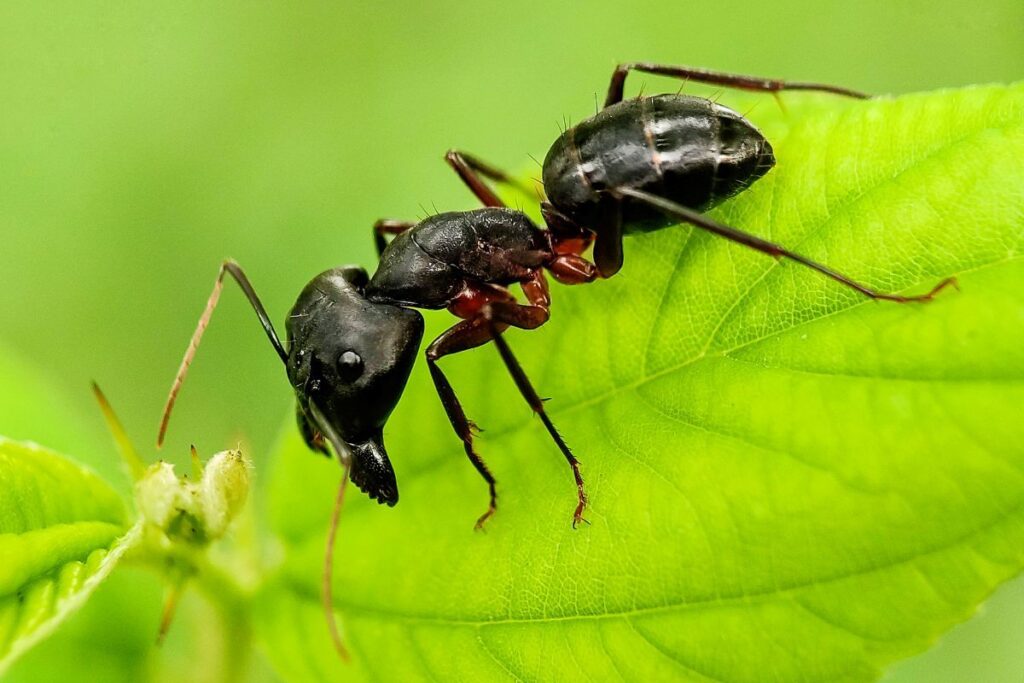
3. Roaches
Roaches have a strong sense of smell. This is so they can communicate with each other and navigate through complex environments.
Naturally, cedar’s punchy aroma can overwhelm their sensory abilities, hindering them from finding food or going back to their nests.
That’s why roaches stay away from cedars.
4. Flies
Like roaches, flies have a strong sense of smell. They don’t have noses, though. They use the olfactory sensory nerves in their antennas to find food.
That’s why they hate the pungent smell of cedar.
Not only can cedar repel flies, but it can even dissolve some of them – young ones to be specific. They’re usually quite weak and delicate, so they’re more vulnerable against cedar.
For adult flies, cedar isn’t going to be as effective. However, it can dissolve their exoskeleton, which is responsible for retaining moisture.
So, their bodies lose their internal moisture and get dehydrated.
5. Fleas
To function properly, fleas need a balanced ratio of chemicals inside their bodies.
Cedar, however, can tamper with these chemicals. It disturbs the pH levels inside their bodies, causing eventual death.
Additionally, fleas need at least 50% humidity to stay active. With cedar’s excellent moisture-absorbing characteristics, fleas will be reluctant to come near it.
Similar to mosquitoes, fleas breathe through the tracheal system. So, if they detect the poisonous cedar, they’ll also close their breathing holes.
While fleas can live without air for a few days, it’s not a scenario they’d be keen on.
6. Lice
Lice have a very sophisticated sense of smell. Their olfactory sensory neurons can go as far as identifying whether you’d make a good host or not.
As you might have guessed, cedar’s scent isn’t appealing to them.
What’s interesting, though, is that cedar oil targets ants’ respiratory systems. As a defense mechanism, lice stop the respiration process, suffocating themselves to death.
While it’s aggressive toward them, you shouldn’t opt to kill lice with cedar oil. That’s because the concentration of the dose necessary to kill lice can cause skin irritation.
So, only use the oil to minimize lice infection.
7. Bed Bugs
Cedar’s distinctive smell comes from releasing multiple acids. Think of these acids as natural pesticides.
Not only do they repel bed bugs, but they can also cause respiratory damage and chemical imbalance inside their bodies.
8. Ticks
Cedar oil is quite aggressive toward ticks. It attacks their respiratory system and emulsifies the fat in their bodies.
Emulsifying refers to breaking down the fat and allowing it to mix with other fluids in ticks’ bodies. This kills them instantly.
How Long Does Cedar Wood Provide You With Protection?
It depends on the surrounding environment.
If you use cedar wood outdoors, its effect is going to last less than using it indoors.
That’s because it’s more susceptible to weather changes, which you might have more control over indoors.
For example, using cedar wood outdoors in a dry environment forces it to dry out quickly. That will cause it to lose its insect-repelling characteristics.
If you use it indoors, however, you can use a humidifier to increase the moisture levels.
That said, we can give a general estimation of how long it’ll stay effective in different scenarios. Ideally, it should stay effective for a year.
Even under not-so-ideal conditions, though, it can last 3-6 months. So, it’ll provide you with protection for a good while either way.
What’s the Best Way to Use Cedar?
As a bug repellent, cedar can be used in different forms. Each form has a different application and success rate.
Let’s see the most effective ways to use cedar.
Cedar Mulch
Using cedar mulch is pretty straightforward. Sprinkle it near your house entries and anywhere with a high insect population in your garden.
Cedar Furniture
Whether it’s drawers, wardrobes, or wooden chests, using cedar wood spreads its insect-repelling attributes around the house. You’d be giving insects less space to navigate in.
Cedar Oil
Cedar oil is more efficient and flexible than the previous forms. Not only can you spray it in your house and garden, but you can also apply it to your skin or clothes.
It’s also easy to mix at home. Combine 120 ml of cedar oil with 770 ml of water, and start spraying!
Wrapping Up
So, now you know the bugs that cedar repels. The idea behind its insect-repelling characteristics is that its pungent aroma is too much for these insects to handle.
If you decide to go with cedar wood, note that its effectiveness depends on the surrounding environment. The more appropriate it is, the more effective the wood will be.
If you’re not keen on using wood, though, you can use cedar oil. Not only is it easy to mix, but it’s also more flexible than the mulch form.

